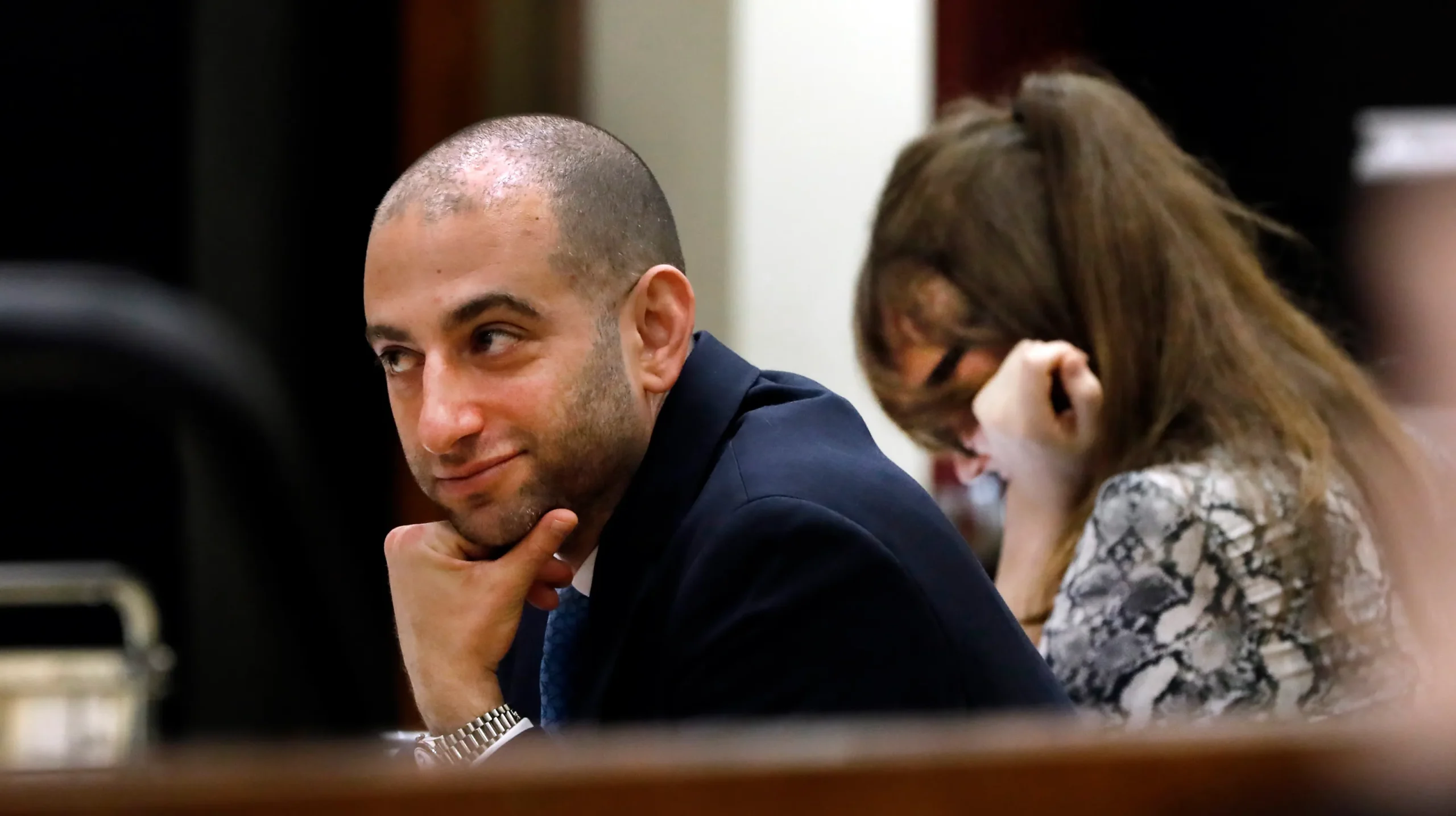Blog
Challenging Evidence in a Drug Conspiracy Trial
Contents
Challenging Evidence in a Drug Conspiracy Trial
By Jane Doe
You’ve probably seen it in movies and TV shows – the dramatic courtroom scenes where a defense attorney objects to evidence being presented by the prosecution. “Objection, Your Honor! This evidence is irrelevant and prejudicial!” The judge then has to decide whether to allow the evidence or exclude it. This back-and-forth over evidence is a key part of criminal trials, including drug conspiracy trials. Let’s break down how challenging evidence works and why it matters.
Why Evidence Gets Challenged

There are a few main reasons a defense attorney may try to get evidence excluded from a trial:
- The evidence was obtained illegally – For example, if the police searched someone’s home without a warrant, any evidence found may not be admissible because the search violated their constitutional rights.
- The evidence is irrelevant – To be admissible, evidence needs to have some logical connection and relevance to the case. If evidence doesn’t help establish any fact that matters to the charges, the judge can keep it out.
- The evidence is unfairly prejudicial – Even relevant evidence can be excluded by the judge if its probative value is substantially outweighed by the risk of unfair prejudice. For example, gruesome crime scene photos could sway the jury emotionally.
- The evidence is hearsay – Hearsay is an out-of-court statement offered to prove the truth of the matter asserted. Since the declarant can’t be cross-examined about it, hearsay is generally inadmissible unless it falls under certain exceptions.
Defense lawyers have an ethical duty to advocate for their client and make sure their trial is fair. Part of that duty is keeping out evidence that could improperly bias the jury or violate the defendant’s rights in some way. Prosecutors, on the other hand, want to get in as much incriminating evidence as they can to prove guilt. The back-and-forth over evidence helps each side advance their goals.
Common Evidence Challenges in Drug Cases
Drug conspiracy cases often involve specific types of evidence that tend to get challenged:
- Wiretaps – Recording someone’s phone calls without their consent requires a wiretap warrant. The defense will scrutinize the warrant to make sure the wiretap was properly authorized and executed.
- Informants – Police often use informants in drug stings. But informants can be unreliable. Their credibility may be challenged along with any hearsay evidence from them.
- Confessions – Defense lawyers routinely challenge the admissibility of defendants’ confessions to police. They’ll argue the confession was coerced or improperly obtained.
- Drug evidence – How drugs were obtained and handled in the chain of custody can be challenged. Sloppy police work may lead to critical evidence being excluded.
Fighting Back Against Exclusions
Prosecutors have strategies to get evidence admitted over the defense’s objections. For example, they may argue:
- The search was legal due to exigent circumstances or another exception to the warrant requirement
- The informant’s testimony is reliable based on their track record and corroboration
- The confession was voluntary and properly Mirandized
- The chain of custody issue goes to the weight of the evidence, not admissibility
They’ll cite court precedents allowing similar evidence in the past. Ultimately, the judge decides whether the prosecution’s arguments are persuasive.
Why This Matters for the Outcome
The evidence that gets admitted or excluded can profoundly shape the trial and its outcome. Weak cases can crumble if prosecutors are prevented from introducing their best evidence.
For example, take a drug conspiracy case built heavily on one defendant’s confession. If the defense gets that confession excluded as coerced, the prosecution’s case may completely fall apart. Key witnesses like informants and undercover officers also have the potential to make or break a drug conspiracy case.
That’s why evidence challenges are so crucial – and contentious. Both sides know how much is riding on what the jury ultimately gets to see and hear. Mastering evidence rules and procedures is a key skill for any attorney practicing criminal law. It can mean the difference between a conviction and an acquittal.
Famous Example: The O.J. Simpson Case
The most famous example of exclusionary evidence is probably the 1995 O.J. Simpson murder trial. The bloody glove found at the crime scene was crucial evidence for the prosecution. But in a legendary courtroom moment, defense lawyer Johnnie Cochran challenged the chain of custody and got the glove excluded.
“If it doesn’t fit, you must acquit,” Cochran famously told the jury during his closing argument. Thanks to the exclusion of the glove, that rhyme resonated. Simpson was acquitted in one of the most shocking verdicts in legal history. It shows how winning key evidentiary battles can win the whole war.
Takeaways
Here are some key takeaways about challenging evidence in drug conspiracy and other criminal trials:
- Defense lawyers try to exclude prejudicial, irrelevant, hearsay, or illegally obtained evidence.
- Prosecutors argue to get in as much incriminating evidence as possible.
- Wiretaps, informants, confessions, and drug evidence are often challenged.
- Judges decide what evidence the jury ultimately sees based on the arguments.
- Excluding compelling evidence for the prosecution can lead to acquittals.
The back-and-forth over evidence puts prosecutors and defense lawyers’ legal skills on full display. Understanding how to argue for and against the inclusion of evidence is critical for attorneys on both sides of the courtroom aisle.







